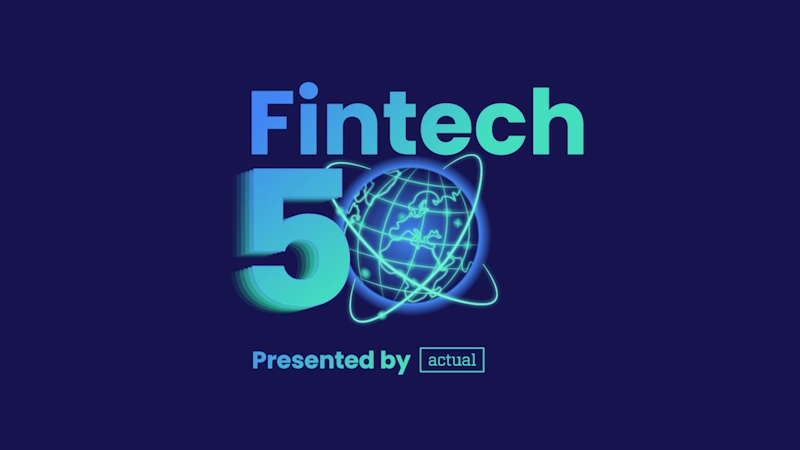SaaS Founder’s PR Launch Strategy, The First 90 Days

Launching a SaaS product is a high-stakes moment. For early-stage startups, it’s often the first public test of your company’s relevance, credibility, and commercial viability. But in a crowded market where attention is scarce and buyer skepticism is high, just shipping the product isn’t enough. What separates companies that break out from those that flame out isn’t feature depth or marketing spend it is launch readiness.
At Actual Agency, we’ve worked with SaaS and fintech companies from stealth to Series B, and we’ve seen what it takes to turn a launch into a growth catalyst. The secret? It’s not a secret. It’s structure. In this post, we’ll walk you through a proven 90-day SaaS launch strategy that integrates PR, brand storytelling, content marketing, and GTM alignment. Whether you’re a founder gearing up for your debut or a CMO tightening timelines, this is your roadmap to getting the launch right.
Days 1–30: Build the Narrative Infrastructure
The foundation of any successful SaaS launch begins with a story. Not just what your product does, but why it matters right now, in this market, for this buyer. Too many teams focus on product-market fit and skip over what we call “PR-fit” the ability to articulate your value in a way that resonates beyond the product demo.
During the first month, the goal is to define your positioning and develop a clear, differentiated narrative. This includes a sharp point of view on the problem you solve, the stakes for your target customer, and why your company is uniquely qualified to solve it. It’s also the time to distill your founder’s story into something compelling and accessible. Why did you build this? What are you seeing that the market doesn’t? Founders often underestimate how much reporters, analysts, and buyers care about the backstory; it's not fluff, it’s framing.
Alongside the narrative work, you should develop the foundational assets you’ll need to support the launch. This includes a messaging framework that aligns your leadership team around consistent language, a well-written company boilerplate, and a media kit that includes executive bios, product visuals, and FAQs. A content roadmap is also critical at this stage. Identify which thought leadership pieces, customer stories, or explainers need to be created in advance to support the campaign.
These first 30 days are not about being loud, they're about being clear. Every future touchpoint flows from the strength of this foundation.
Days 31–60: Pre-Seed the Market and Build Social Proof
Once your narrative is dialed in, the next phase is market preparation. This is where a lot of launches fail not because the product isn’t good, but because the market wasn’t warmed up. If launch day is the show, this is rehearsal, previews, and press previews rolled into one.
Start by identifying the media targets who actually cover your category or problem space. Reach out under embargo to offer advance briefings with select journalists, not to pitch fluff, but to invite them into your story early. The goal is not mass coverage, it's strategic coverage. A few deeply engaged reporters are worth far more than dozens of press release regurgitations.
Analyst briefings should also begin in this window. Even if you’re not engaging in a formal Gartner or Forrester relationship yet, early conversations with relevant analysts help shape how your company is positioned in future research. These briefings can also validate your messaging and sharpen your differentiation.
At the same time, start capturing customer validation. Beta users, early design partners, or pilot customers should be willing to offer short testimonials, outcomes, or use case insights. These quotes can be woven into your media materials, web copy, and social content providing the credibility that buyers and reporters alike are looking for.
Don’t forget social. In particular, LinkedIn should be used as a soft launch channel, where founders can begin teasing product development progress, sharing lessons learned, and reactivating their professional networks. These pre-launch signals can build anticipation, attract followers, and cue investors and partners that something meaningful is on the horizon.
By the end of this phase, your market should know you’re coming even if they don’t know the full story yet.
Days 61–90: Go Loud With an Integrated Campaign
Now it’s time to launch. But here’s the mindset shift: a modern SaaS launch is not a single announcement, it's a multi-week, multi-channel campaign. The goal isn’t a spike, but it’s sustained attention and commercial momentum.
The first week of launch should anchor your campaign with a compelling narrative moment. This may be a funding round, a new product release, or the company’s public debut. Ideally, you’ve secured an exclusive with a tier-one outlet, supported by embargoed stories across trade and vertical press. Pair this with a well-timed company blog post, a personal LinkedIn post from the CEO or founder, and a coordinated email announcement to your internal and external networks.
From there, the following two weeks should focus on storytelling expansion. This includes contributed content, podcast interviews, webinars, customer webinars, and analyst briefings. Media coverage gets amplified through owned and paid channels. LinkedIn posts, Twitter threads, explainer carousels, and YouTube shorts all play a role in reinforcing your narrative. You’re not just announcing you’re educating.
In the final week of the campaign arc, shift focus toward conversion. Now that you’ve generated awareness and credibility, it’s time to translate that attention into action. This is where your performance marketing, demand gen, and sales teams come in. Launch-specific landing pages, targeted paid campaigns, SDR outreach sequences referencing press coverage, and retargeting campaigns can drive traffic, signups, and demo requests.
Throughout, it’s essential that PR, marketing, and sales operate in lockstep. The launch should feel like a synchronized push across channels not a one-and-done press release floating in isolation.
The New Launch Mandate for SaaS Leaders
Today’s buyers are savvy. They don’t fall for buzzwords, and they don’t trust products without proof. Launching in 2025 isn’t about being louder, it's about being more aligned. When your story, your media, your content, and your GTM all work together, you don’t just launch, you build market trust from day one.
A successful SaaS product launch today requires:
- A differentiated narrative rooted in real customer insight
- Strategic media engagement built on relationship and relevance
- Proof of traction via customer validation and beta success
- Content and social campaigns that stretch beyond the announcement
- Full integration across earned, owned, and paid channels
At Actual Agency, we specialize in launches that go beyond noise. We help SaaS companies build the narrative, engineer the media moments, and integrate the GTM motion to drive real business impact.
Ready to Launch?
If your company is gearing up to launch in the next 3–6 months, don’t wait to get your PR and marketing aligned. A great product without a strong launch strategy is like a rocket with no fuel. You only get one chance to make your first market impression. Make it count.
- 👉 Book a 30-minute launch strategy call
- 👉 Explore our SaaS PR Services
As an agency that focuses on B2B Technology, the team at Actual Agency is ready to help you deliver media coverage, thought leadership and market-leading commentary about the impact of technology on business transformation. If you are looking for a B2B Tech PR agency that delivers results, contact the Actual Agency team today!




